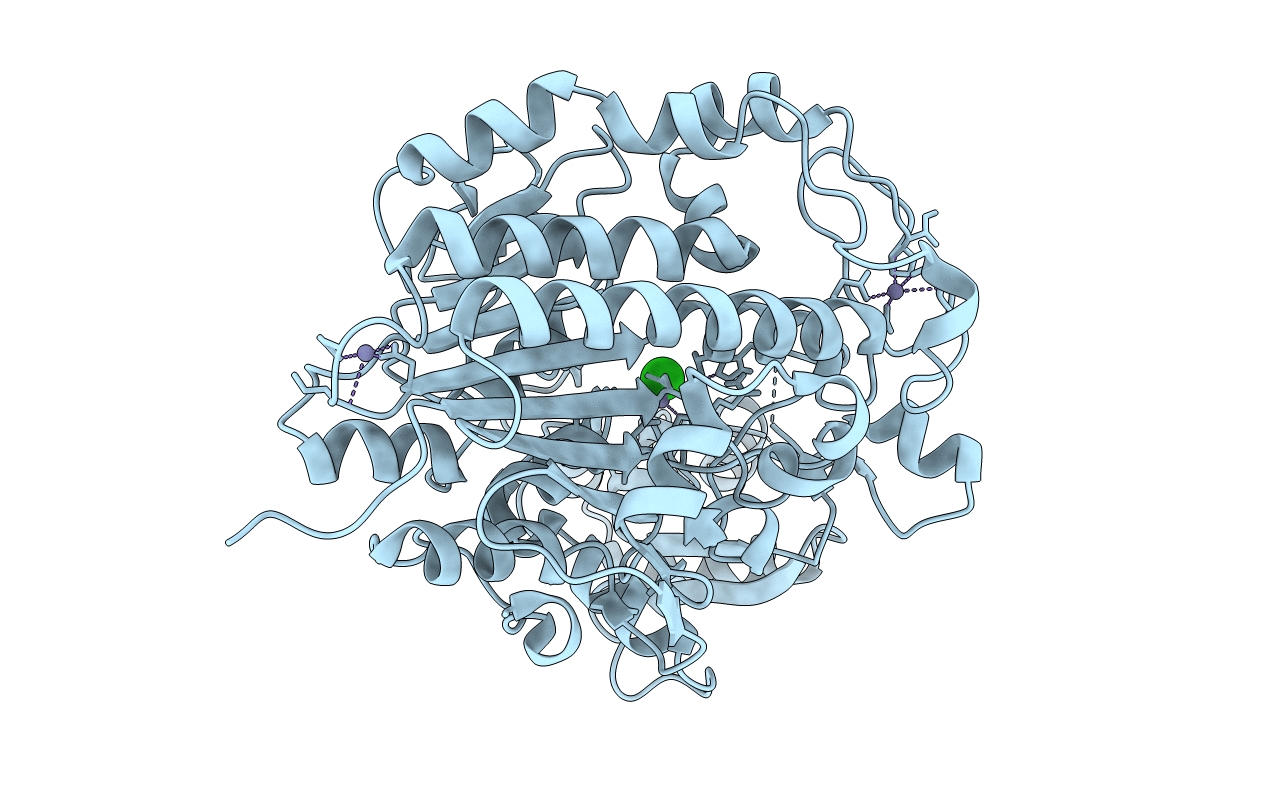
Deposition Date
2016-10-18
Release Date
2017-11-01
Last Version Date
2023-10-04
Entry Detail
PDB ID:
5TOO
Keywords:
Title:
Crystal structure of alkaline phosphatase PafA T79S, N100A, K162A, R164A mutant
Biological Source:
Source Organism:
Elizabethkingia meningoseptica (Taxon ID: 238)
Host Organism:
Method Details:
Experimental Method:
Resolution:
2.03 Å
R-Value Free:
0.20
R-Value Work:
0.17
R-Value Observed:
0.17
Space Group:
I 4


